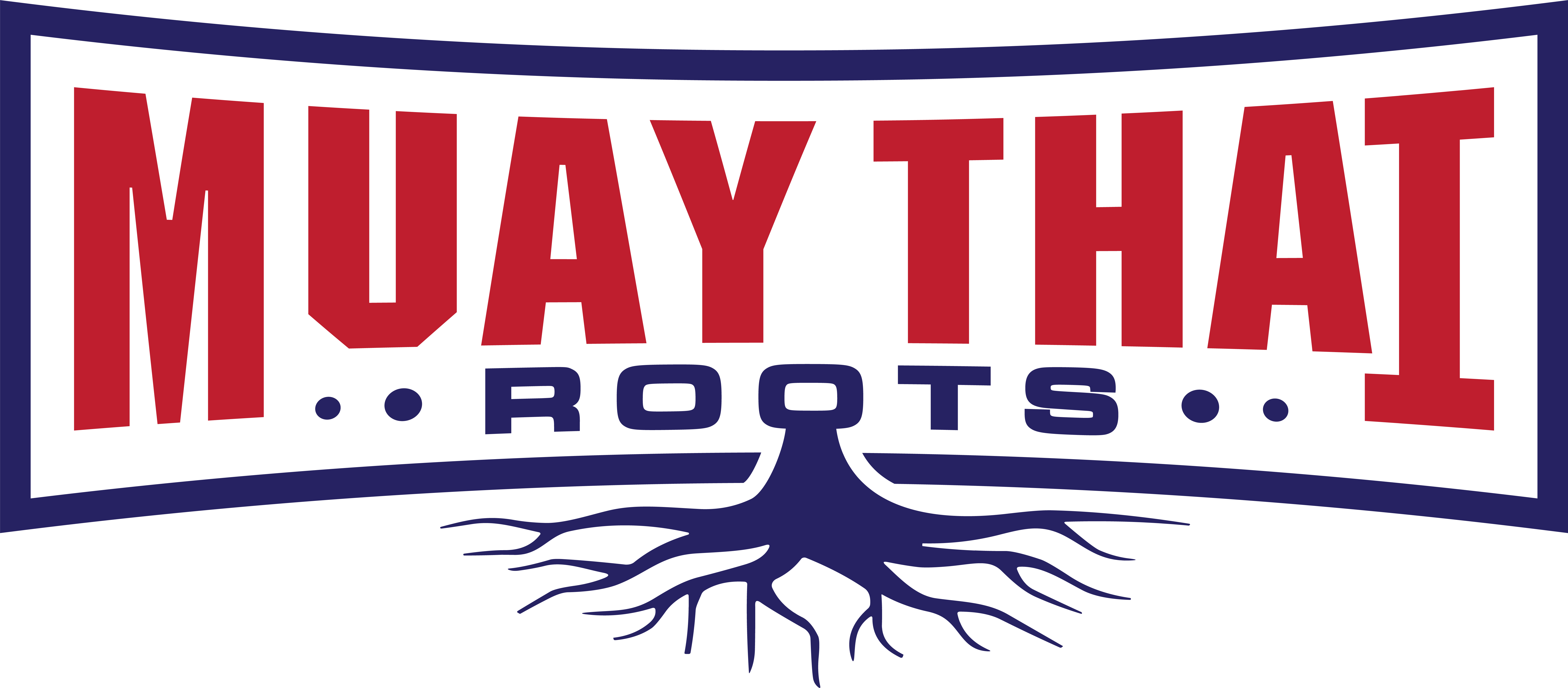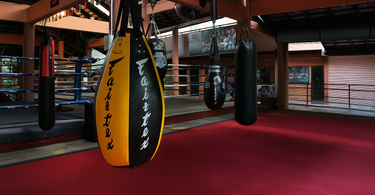For fighters, the heavy bag is more than just a training tool—it's a cornerstone for developing power, precision, and endurance. Mastering fundamental techniques on the heavy bag lays the groundwork for advanced skills in the ring. This guide focuses on essential heavy bag techniques that every fighter should master to enhance their performance and gain a competitive edge.

1. The Jab: Establishing Control
The jab is a fundamental punch that sets the tone for combinations and controls the pace of a fight. When practicing on the heavy bag.
-
Maintain a proper stance with your lead foot forward.
-
Extend your lead hand swiftly, aiming for the center of the bag.
-
Retract quickly to guard your face.
Consistent jab practice improves timing, accuracy, and sets up more powerful punches.
2. The Cross: Delivering Power
The cross, thrown with the rear hand, is a powerful straight punch that follows the jab in the classic one-two combination. To execute effectively;
-
Rotate your hips and shoulders as you throw the punch.
-
Transfer weight from the rear foot to the lead foot.
-
Aim for the center of the bag, ensuring full extension.
Practicing the cross enhances power generation and balance.
3. The Hook: Targeting the Sides
The hook is a semi-circular punch aimed at the side of the opponent's head or body. On the heavy bag;
-
Keep your elbow bent at a 90-degree angle.
-
Rotate your hips and pivot your lead foot as you swing.
-
Strike the side of the bag, then return to guard.
Hooks develop lateral power and are crucial for close-range fighting.
4. The Uppercut: Exploiting Openings
The uppercut is a vertical punch targeting the opponent's chin or torso. To practice;
-
Bend your knees slightly and drop your punching hand.
-
Drive the punch upward, rotating your hips and shoulders.
-
Aim for the bottom of the bag, simulating an upward strike.
Uppercuts are effective in close quarters and can disrupt an opponent's guard.
5. Footwork and Movement: Enhancing Agility
Effective footwork is essential for positioning and defense. While working the heavy bag;
-
Move around the bag, simulating in-ring movement.
-
Practice lateral steps, pivots, and angles.
-
Combine movement with punches to develop coordination.
Incorporating footwork drills improves agility and ring control.
6. Defense: Building a Solid Guard
Defense is as important as offense. On the heavy bag:
-
Keep your hands up to protect your face.
-
Practice slipping and weaving after combinations.
-
Focus on maintaining balance and readiness to counter.
Developing defensive habits enhances overall fighting proficiency.
7. Breathing and Rhythm: Sustaining Performance
Proper breathing ensures endurance and power. During heavy bag sessions;
-
Exhale sharply with each punch.
-
Maintain a consistent rhythm to control pace.
-
Avoid holding your breath, which can lead to fatigue.
Controlled breathing supports sustained performance and focus.
8. Combination Drills: Integrating Techniques
Combining punches develops fluidity and adaptability. Sample drillsJab-Cross-Hook
-
Jab-Jab-Cross
-
Uppercut-Hook-Cross
Practicing combinations enhances timing and prepares fighters for real bout scenarios.
9. Consistency and Progression: Building Mastery
Regular practice solidifies technique and builds muscle memory. Tips:
-
Set a training schedule with specific goals.
-
Monitor progress and adjust routines accordingly.
-
Seek feedback from coaches or training partners.
Consistent effort leads to continuous improvement and readiness for competition.
Mastering these fundamental heavy bag techniques equips fighters with the skills necessary for success in the ring. Focus on precision, control, and consistency to build a strong foundation. With dedication and proper training, these techniques will enhance your performance and confidence as a fighter.
Visit MuayThaiRoots.com to explore our full range of Fairtex products and take the first step toward mastering new boxing techniques,





